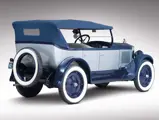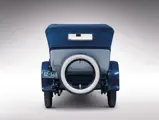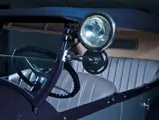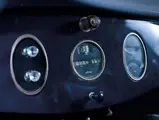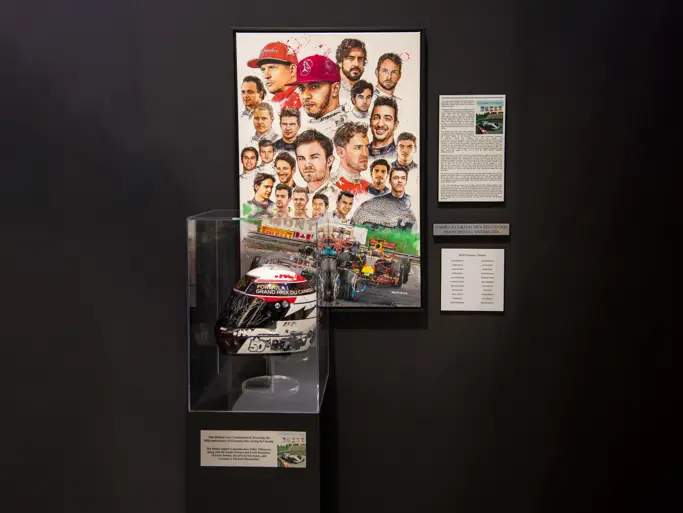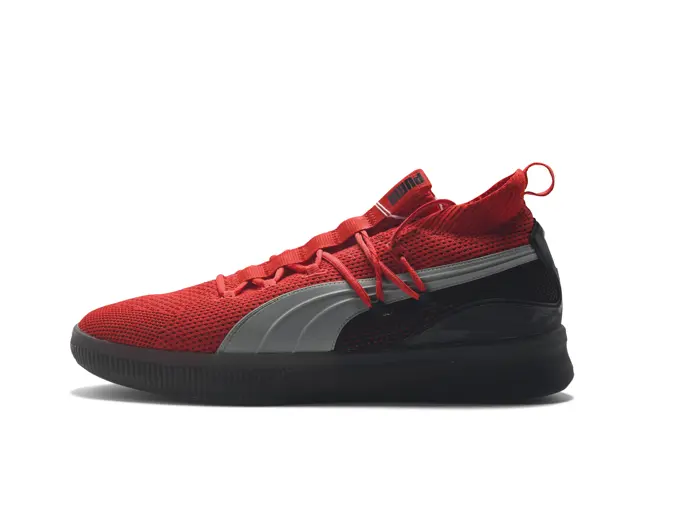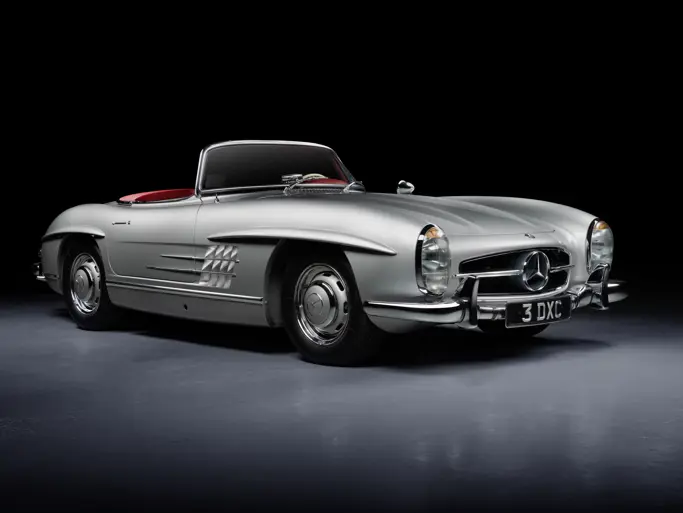St. John's 2012
1924 Moon Series A Five-Passenger Touring
{{lr.item.text}}
$26,400 USD | Sold
 | Plymouth, Michigan
| Plymouth, Michigan
{{internetCurrentBid}}
{{internetTimeLeft}}

50 hp, 195.6 cu. in. inline L-head six-cylinder engine, three-speed manual transmission,
solid front axle and live rear axle with semi-elliptic leaf springs, and four-wheel hydraulic drum brakes. Wheelbase: 115"
• Rolls-Royce inspired styling
• Four-wheel hydraulic brakes; ideal for touring
• Offered from the Estate of John O’Quinn
In the early twentieth century, St. Louis, Missouri was an up-and-coming city in the automotive industry. Over the course of history, no fewer than 114 makes were built there. Chief among the St. Louis automakers was the temporal empire built by Joseph W. Moon.
Although noted for such brief ventures as Diana, Windsor, and a role in the ill-fated Ruxton adventure, it was the Moon nameplate that endured for nearly a quarter century. The first Moon car was designed by Louis P. Mooers, a talented engineer formerly with Peerless. “The Ideal American Car” was Moon’s motto, and production increased rapidly from its 1905 introduction. From 1916, all Moons had six cylinders and, from 1919, a Rolls-Royce inspired radiator. A pioneering feature was four-wheel hydraulic braking, introduced in 1924. The last Moons were built in 1929, but the factory continued into 1930, building the radical front-drive Ruxton.
This 1924 Moon 6-50 touring was purchased by the O’Quinn Collection in 2007. It spent nearly seven decades in the same family before being sold and restored in 1996. It comes with all its original equipment, including a Moon brake light lens, optional trunk rack, and spotlight.
This Moon 6-50 presents well in striking navy and grey, bearing only a slight patina from the joys of touring. Matching grey leather complements the exterior, topped off by a matching blue canvas roof. It is easy to understand why the previous owners enjoyed touring with its safer, more advanced hydraulic braking, which was years ahead of the competition. Its appearance could be cosmetically improved with engine and underside detailing or left as is for enjoyment by its new owners.


